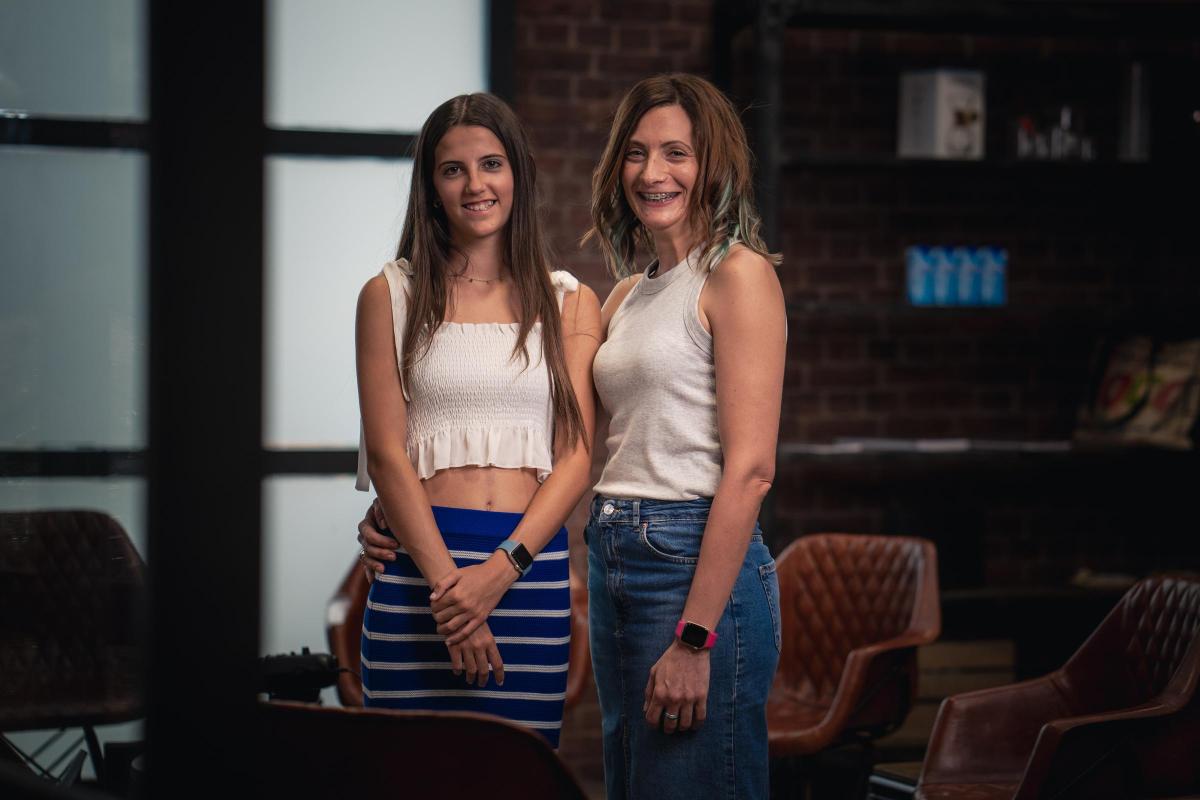From YouTube channels, books, talks, influencers on Instagram or TikTok… The options are endless to find these examples to follow. In a world where girls and women still face challenges to their full participation in scien, cetechnology and art, the idea of empowering future leaders is more important than ever.
STEAM: a long to-do list
While it is true that more and more women are participating in STEAM, the gender gap is still wide and the work that lies ahead in the next few years is still pressing. When we see the results of a job well done, we realise how much remains to be achieved, and the answer lies in the data. Thus, if we look at health science degrees, mainly in the field of medicine, we have managed to reach one of the highest female participation figures in the history of our country. On the other hand, we are not achieving equality in the field of nursing, which is still entirely female territory. Because it is as important to encourage women as it is to encourage men and to emphasise something important: gender does not matter when it comes to choosing a professional future.
Continuing with the good news, in recent years, the number of doctoral theses – among which STEM subjects stand out – are being led by women. This, more than just a number, provides us with an essential fact for the future: these women doctoral candidates will be the future trainers of technological talent and points of reference for young women starting their careers.
Now to the tasks ahead. Engineering – in all its branches – remains unattractive to women, with only 30 % of women enrolled in recent years opting for a branch of this discipline. It is precisely in this field that most work remains to be done. And this effort needs to be focused on the early stages of education, when girls’ lack of interest in STEM fields becomes apparent.
Lack of role models and fear of failure are the main reasons why girls, in the early stages of adolescence, begin to disengage from the science and technology segment. Only 0.7% of girls, compared to 7% of boys, are interested in pursuing science subjects. Because the social stigma is still very strong and you also have to understand the mindset of the young teenage girls of the moment: the social circle is the most important thing, what people will say marks their behaviour, self-esteem is still being formed and the image they project to the world is essential. And none of them wants to look or live like Marie Curie, because that would mean being different.
This is where the work needs to be focused: to provide real references of women who, while still studying science, have a life that these young women in the process of change can feel attracted to.
ValPat Steam, an example of a nearby benchmark
What is ValPat Steam? It is none other than the result of a shared dream: Valeria Corrales, a 15-year-old girl, and Patricia Heredia, a telecommunications engineer. Both are protagonists of Mejor Conectados, a Telefónica initiative.
Through their YouTube content, in which they show easy and fun experiments, they want to awaken creativity and curiosity for science and technology. For boys and girls, but, as Patricia says, especially for girls, empowering them through their own example:
“The referents are very important, especially in this field, because perhaps there is not so much awareness that girls might like technology. Maybe they do or maybe they don’t, but if they don’t try it, they will never discover it.
When girls see successful women in leadership roles in science, technology, engineering and mathematics, they are inspired and empowered to pursue their own ambitions. Better Connected reminds us that when we connect, we are capable of amazing things and by joining forces and sharing experiences, we create a network of support and collaboration that expands opportunities for all. Because as one Valeria, just eight years old, said, “girls can be whatever they want to be, they don’t have to be just princesses, they can also be engineers”.
